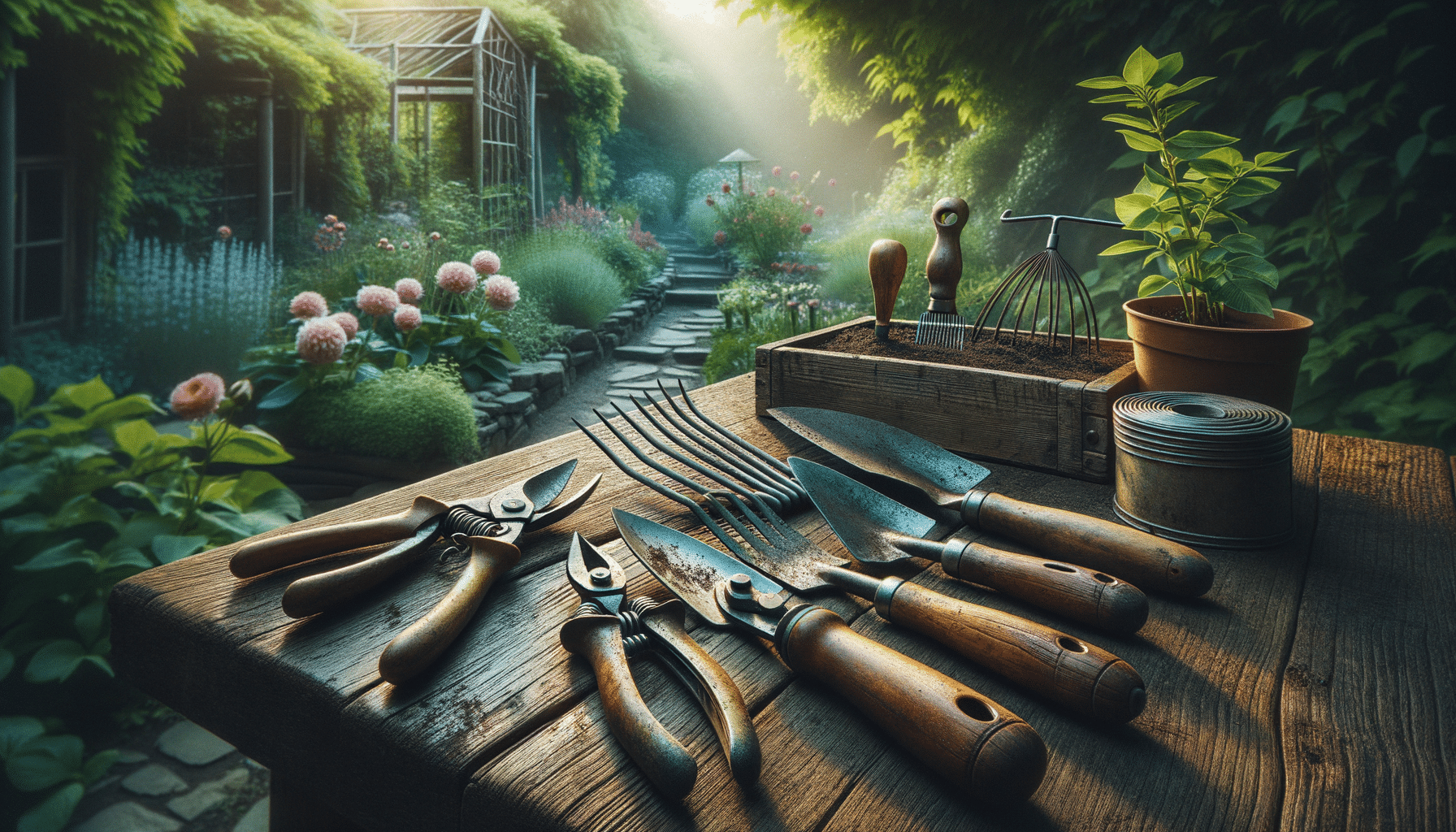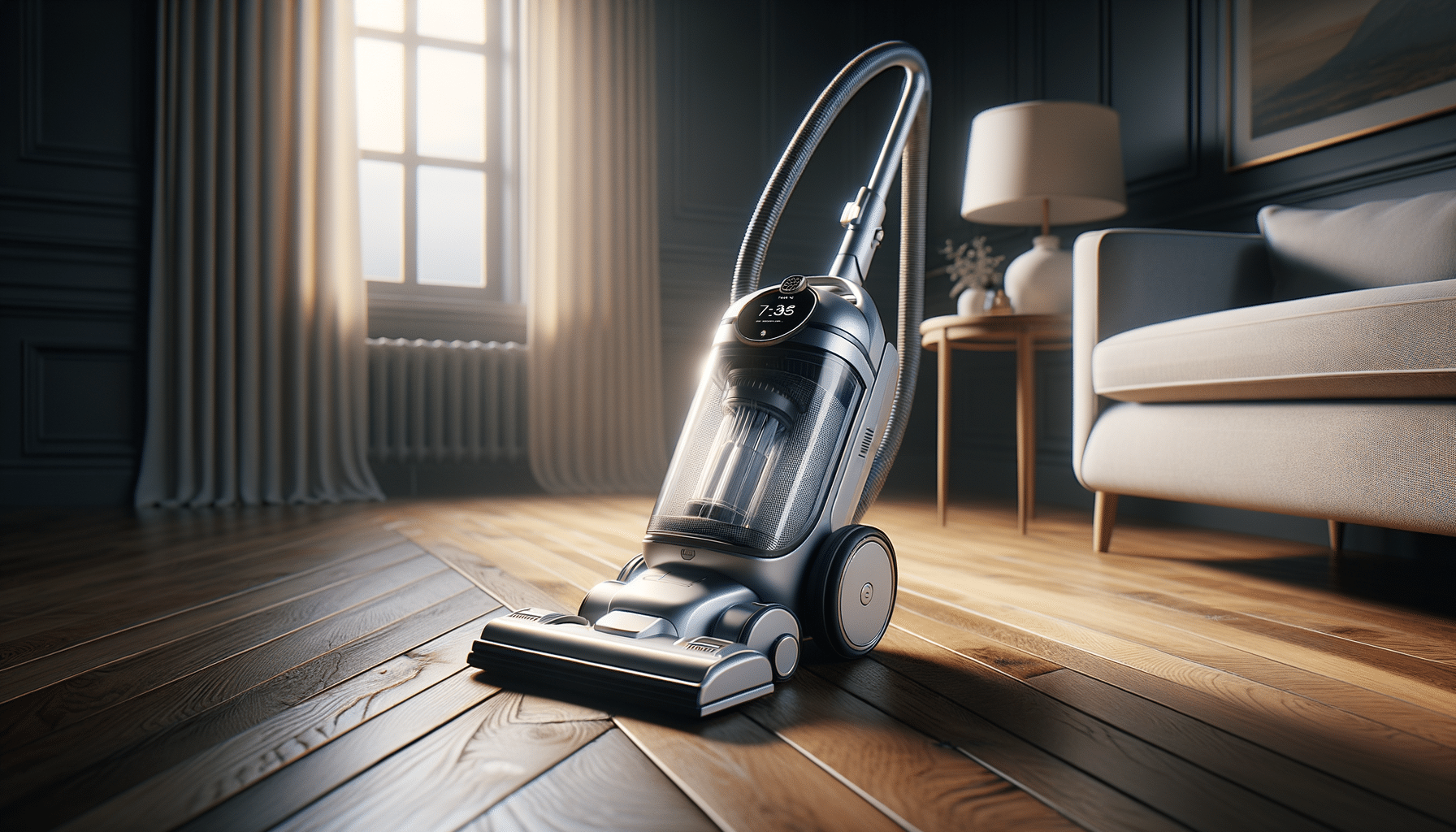
Breathing New Life into Furniture: DIY Restoration Projects
Are you looking to refresh your living space without breaking the bank? Breathing new life into old furniture through DIY restoration projects not only transforms your home but also supports sustainable crafting by reducing waste and conserving resources.
The art of furniture restoration is gaining momentum as more people recognize the value of sustainability in their homes. According to a report by the Environmental Protection Agency, over 9 million tons of furniture are discarded annually in the United States alone. Restoring furniture not only curbs this waste but also allows you to express creativity and craftsmanship.
Why Restore Furniture?
Restoring old furniture offers numerous benefits. It’s environmentally friendly, cost-effective, and imbues your home with character. “Furniture restoration is like a treasure hunt for hidden gems,” says sustainability expert Linda Thompson. “Each piece tells a story and contributes to a more sustainable lifestyle.”
Getting Started with DIY Restoration
Before you dive into a project, consider these steps:
- Assess the Piece: Determine if the furniture is worth restoring by checking for structural integrity.
- Gather Materials: Sandpaper, paint, varnish, and brushes are essential for most projects.
- Plan Your Approach: Decide on the look you want, whether it’s a rustic finish or a modern makeover.
DIY Techniques and Tips
Here are some tried-and-true techniques to revitalize your furniture:
- Sanding: Essential for removing old finishes and preparing the surface for new paint.
- Painting: Choose non-toxic, eco-friendly paints to align with your sustainability goals.
- Staining: Enhance the natural beauty of wood with a fresh stain.
- Reupholstering: Update fabric surfaces with new, durable materials.
To achieve a smooth finish, always sand in the direction of the wood grain. This prevents scratches and maintains the wood’s texture.
Case Study: Transforming an Old Table
When I found a worn-out wooden table at a garage sale, I saw an opportunity. With some sanding, a fresh coat of paint, and new hardware, it became the focal point of my dining room. Such projects not only save money but also add a personal touch to your home.
Tools and Materials Comparison
| Tool | Purpose | Estimated Cost |
|---|---|---|
| Sandpaper | Smoothing surfaces | $5 |
| Paint | Color application | $20 |
| Varnish | Protective finish | $15 |
| Brushes | Application tools | $10 |
| Screwdriver | Hardware installation | $10 |
| Fabric | Reupholstery | $25 |
| Staple Gun | Securing fabric | $30 |
| Wood Glue | Repairing joints | $7 |
Frequently Asked Questions
What type of paint is best for furniture restoration?
Use low-VOC, water-based paints for a safe and eco-friendly finish.
Can I restore furniture without professional tools?
Yes, many projects can be completed with basic tools like sandpaper and brushes.
How do I know if a piece is worth restoring?
Check for solid construction and minimal damage. Pieces with good “bones” are ideal for restoration.
Conclusion
Breathing new life into furniture is a rewarding pursuit that combines creativity with sustainability. By restoring furniture, you contribute to a greener planet while crafting unique pieces that reflect your personal style. So, roll up your sleeves, gather your tools, and let your imagination guide you in transforming old treasures into new delights.


